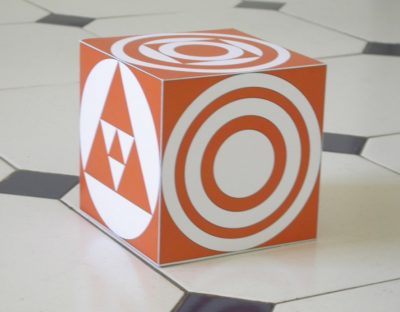Making Storytelling Easier
Whether you like story templates or don’t, this is my last thought on what I think is their first problem: they give students the illusion that they will make story-crafting easy, or fast, or less messy. On paper, the recipe looks simple. In the kitchen, things get complicated. Even for seasoned professionals, suffering is part of the process. Some of the best admit it.

Three-Time Oscar Winning Screenwriter
Paddy Chayefsky, the revered television and screenwriter of the 20th century, warned about times when a writer “cannot pull himself out of a fruitless line of thought for hours, even days, sometimes never, and the script has to be abandoned in the middle.”[1. Television Plays, by Paddy Chayefsky, 1955, pp. 86-87 of Printer’s Measure: A Construction. I’m posting Paddy’s paragraph-long quote here if you want to read more.] This is a pro, and he’s not alone. Joseph Heller said “Every writer I know has trouble writing,”[3. Peeking at Pillars by Steven R. Lundin (quotes on quotes on writing), 2012, p113.] and Gene Fowler said “Writing is easy; all you do is sit staring at the blank sheet of paper until the drops of blood




